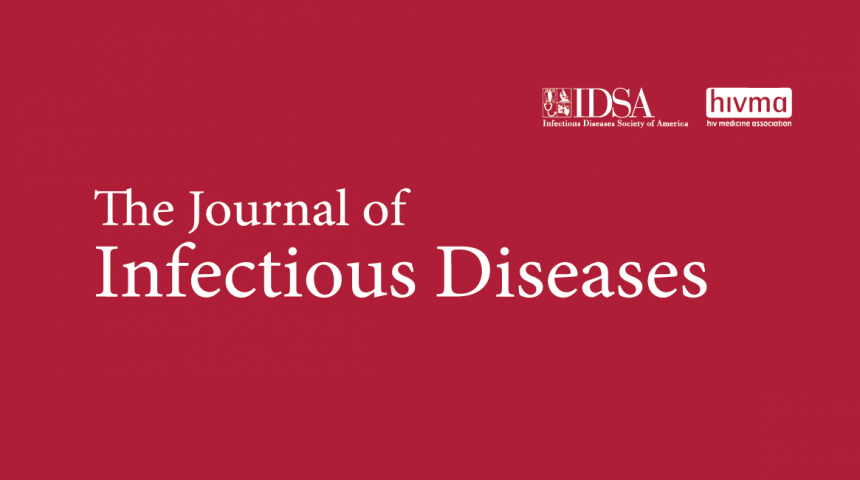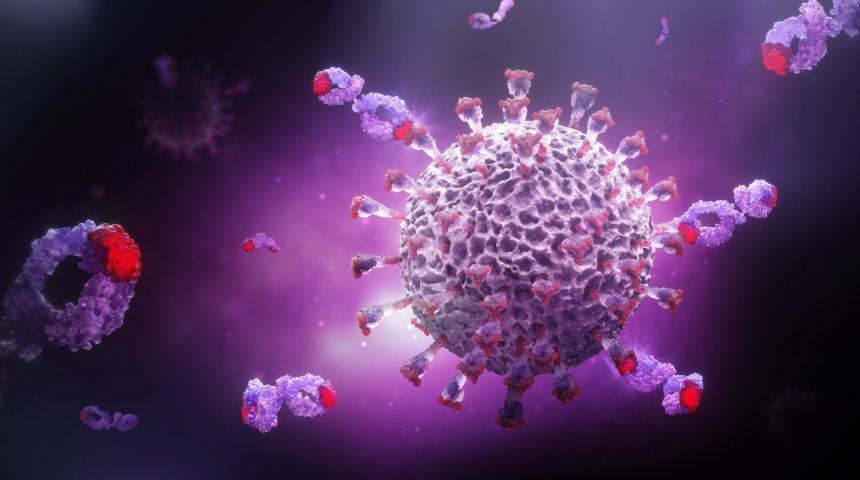Safety, potential efficacy, and pharmacokinetics of specific polyclonal immunoglobulin F(ab')₂ fragments against avian influenza A (H5N1) in healthy volunteers: a single-centre, randomised, double-blind, placebo-controlled, phase 1 study

The Lancet Infectious Diseases
Abstract
Background: Human infection with the avian influenza A H5N1 virus results in disease with a high fatality rate, against which antiviral treatments have limited efficacy. We aimed to investigate the safety, pharmacokinetics, and therapeutic potential of specific polyclonal immunoglobulin equine F(ab’)₂ fragments raised against influenza A/Vietnam/1194/2004 virus (H5N1 subtype) in healthy volunteers.
Methods: We did a randomised, double-blind, placebo-controlled, single-centre phase 1 study. In stage 1 (one infusion) and stage 2 (five infusions) of the trial, we randomly assigned healthy male volunteers to receive once-daily intravenous infusions of 0·85 U/kg body weight of F(ab’)₂ or once-daily saline placebo. Randomisation was done centrally, with one block of four patients and one block for substitutes (three actives, one placebo) in stage 1, and two blocks of six patients (five actives and one placebo) and the same block for substitutes in stage 2. The primary objective was assessment of the clinical and laboratory safety of F(ab’)₂, which was monitored for 22 days in the group that received one dose (assessments on days 0-2, 4, 8, 15, and 22) and 33 days in the group that received five doses (days 0-6, 8, 10, 12, 19, 26, and 33). A final post-study safety assessment was done at 120 days. We also assessed pharmacokinetic outcomes, and assayed haemagglutination and seroneutralisation activity. Analysis was done according to intention-to-treat. This trial is registered with ClinicalTrials.gov, number NCT02295813.
Findings: We enrolled 16 healthy Asian men between Sept 28 and Dec 28, 2012, and randomly assigned 13 to one or five doses of F(ab’)₂ and three to placebo. F(ab’)₂ was well tolerated, and no deaths or serious adverse events occurred. Three patients had mild adverse events (one each of blepharospasm, sinusitis, and pyrexia). The pyrexia (38°C) was regarded as probably related to the infusion, and resolved after 37 min. Our laboratory assessments of blood and urine samples and physical examinations of heart rate, electrocardiogram readings, and weight showed no clinically significant safety issues. Mean peak plasma concentrations were 19·3 μg/mL (SD 3·5) with the one dose schedule and 23·0 μg/mL (4·5) with the five-dose schedule. F(ab’)₂ were still detectable in plasma on average up to 5 days after five doses. Haemagglutination inhibition was only increased after the third dose, but in-vitro seroneutralisation activity was transiently increased after each of the five doses to concentrations regarded as clinically beneficial in infected patients.
Interpretation: F(ab’)₂ showed good safety, tolerability, and therapeutic potential for managing of H5N1 exposed patients.
Funding: Fab’entech.
Copyright © 2015 Elsevier Ltd. All rights reserved.
The Lancet Infectious Diseases, VOLUME 15, ISSUE 3, P285-292, MARCH 2015
Affiliations
- 1Fab’entech, Lyon, France.
- 2Fab’entech, Lyon, France.
- 3Institut Pasteur du Cambodge, Phnom Penh, Cambodia.
- 4National University Health System, Singapore.
- 5Fab’entech, Singapore.
- 6National University Health System, Singapore; National University of Singapore, Singapore.

